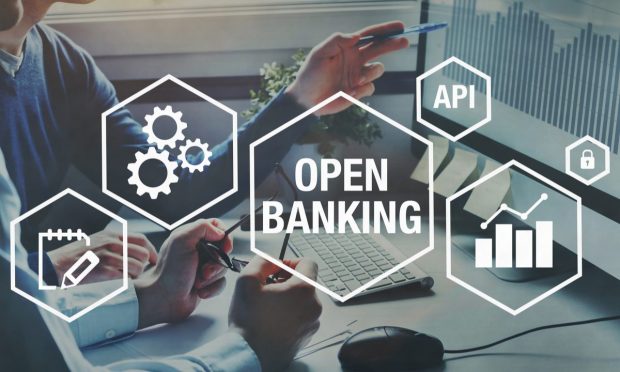Open Banking Series: Payments Versus Infrastructure

Open banking is synonymous with innovation in the banking sector and especially in the payment industry.
In the last few years, the number of payment service providers (PSPs) and account information service providers (AISPs), commonly referred to as third-party providers (TPPs), has increased significantly around the world, and this growth has been particularly noticeable in Europe with 497 TPPs registered by mid-2021.
Open banking has been associated with new methods of payments, slick apps, faster payments and other benefits for consumers that traditional financial institutions (FIs) are not able to provide given their legacy IT infrastructure.
However, after the initial push for all these new products, the real change is happening in the “plumbing” of banking, the underlying infrastructure necessary to connect banks and TPPs to process payments.
While some FinTech companies like Stripe, Square and Adyen have dedicated most of their efforts to providing payments services on top of the existing infrastructure, other less well-known FinTech companies like Plaid or Tink have been building new infrastructure that connects merchants’ accounts directly with consumers’ banks accounts. This is the beginning of the next open banking innovation, account-to-account (A2A) payments, also known as instant payments or real-time payments.
A2A payments have the potential to transform the current competitive landscape in payments. This type of payment offers countless benefits for consumers and merchants. For instance, payments are received almost instantly, merchants’ fees are lower than using credit cards and FinTech companies can use these infrastructure providers to continue offering their services without building all the connections to the banks.
These new FinTech companies are building a connectivity network with banks that provides to their clients (i.e. other FinTechs, software or other companies) a ready-to-use infrastructure on which they can build their own products without having to worry about the technicalities of connecting to banks.
Since the beginning of this open banking series, we have highlighted the challenges that banks and FinTechs face when they work together, namely, security concerns when building application programming interfaces (APIs) that need to access only the data they are supposed to access and preventing cybersecurity risks.
These challenges have made the progress of open banking slower than it could have been, particularly in market-driven open banking economies where there isn’t a mandate to share data, and open APIs are less common than in regulatory-driven economies.
A2A payments in Europe, and real-time payments in the U.S. may prove to be a good solution to speed up the rollout of open banking innovations. Not only does the final service offer benefits for all the companies involved, except for card networks like Visa and Mastercard, it may also eliminate one of the biggest challenges for banks and FinTechs in how to expand their network without engaging in endless negotiations with the additional risks that creating multiple APIs entails.
In Europe, these efforts, led by companies such as Nexi, Worldline, Yapily, Tink or Truelayer, have the full support of European Union policymakers, as they see A2A payments as a unique opportunity to build an EU payment network that won’t be reliant on Visa and Mastercard. Yet card networks are also building their own A2A networks by acquiring companies like Vocalink, Tink or Aiia.
In the U.S., the main efforts are led by The Clearing House (TCH) with the rollout of the RTP network where around 200 FIs are participating. The Federal Reserve is also deploying another network, FedNow, that is estimated to be active in 2023.
These infrastructures represent the next frontier in open banking, and they could trigger innovation, but in order to take full advantage, governments and companies should consider the interoperability between the individual networks. Otherwise, we may end up with a patch of unconnected networks that will make it more difficult to move from open banking to open finance.
